[category science-report]
Title: Testing Approaches to the Analysis and Utilization of Martian Regolith
Members: Aravind Karthigeyan, Noah Mugan, Prakruti Raghunarayan
Current Progress:
At the moment, the three of us have been analyzing and retrieving a lot of samples. We are analyzing them by taking these bulk materials and grinding them into a fine powder like substance and exfoliating them. We then add this to PDMS and put it under a microscope to see if they separate into bulk material, bilayers, or monolayers. For certain substances, such as the fine Martian soil and White Mound samples, we noticed that there was thinning, which usually would indicate the presence of a bilayer. We are also currently intrigued by the igneous rock we found and were finally able to cut into. We will attempt to tell the age of the rock by looking at geological studies and hopefully be able to tell more about the history of the area and the activity that may have occurred there. Application wise, this technique would be useful to learn about activity and geology on Mars. Spectroscopy was how the composition of the Martian terrain was analyzed in the first place and now we can add a second element of geology.
Another way we have been analyzing the samples is through radiation analysis. Our second experiments involves how various forms of radiation such as gamma rays and beta rays can tell us important information about the components of the regolith and larger rocks. Though most of the rocks were indistinguishable from background radiation, the samples we found that did have elevated levels of radiation measured in counts per minute were samples next to the rover trails and certain petrified wood deposits, which we found at Zubrin’s Head (519250, 4248500). This makes it increasingly likely that deposits of radioactive material won’t be a major problem for human activity, but it also confirms that using simple tools such as a geiger counter, we can determine radiation levels fast and accurately.
Yet another form of geologic analysis utilizes live samples. Our third experiment involves growing 3 sets of radishes, one in potting soil and two in two separate replications of Martian regolith. Following the conclusion of our research here at MDRS, we will be able to conduct nutrient analysis to determine if there are any elemental deficiencies or excesses in the radishes grown in the “Martian” soil. With the potting soil radishes as our control group, this will allow us to determine how astronauts may need to supplement any crops grown on Mars.
Before traveling to MDRS, the radishes had been growing for almost three weeks and had two visible radish bulbs from the potting soil and one in the analog Martian soil. The samples were a little rattled on the plane ride, but there was nothing worse than a fallen leaf or two. Unfortunately, we suffered a setback upon placing the radishes in the grow tent when we arrived. For some unknown reason, the radishes halted growth and wilted when moved inside the grow tent, with many different samples exhibiting black spots on leaves. We believe this may be due to stale air inside the grow tent or the accumulation of dark gunk at the bottom of the tent. After moving the plants outside the tent and trimming the dead leaves, we observed many radishes grow healthy again and we are optimistically hoping for more bulbs to peak above the soil. The radishes are currently situated on a table in the science dome with a desk lamp placed directly above.
Astronomy: So far, we have imaged at the Musk Observatory twice. However, the data from the second imaging run was lost due to a hardware issue. The first imaging data has been processed and may be processed again towards the end of our mission once we gain more experience. We will continue imaging at the Musk Observatory for the duration of our mission, weather permitting. Our test images for the Robotic Observatory in New Mexico were delayed for a month due to unfavorable weather conditions. We received our test images when we were already on Mars, so we are still working on extracting their data via photometry. We aim to image our target star BD-07 3632 once a night for the rest of the mission, should conditions allow.
Engineering:
Members: Rishabh Pandey
Current Progress: I have conducted multiple drone flights to capture video footage of various target environments around the HAB. These environments include paths along Cow Dung Road and spots that are further from the roads for walking EVAs. The captured videos have been processed using photogrammetry software to generate 3D models. The software alongside some of my developed code stitches together multiple frames from the video to create accurate and detailed representations of the environment. The models have been verified for scale and accuracy against existing topological maps and self-measurements. The generated models are currently being processed to determine if they are viable for further development, that is, the models are being checked to remove any incorrect artifacts and inconsistencies. Work is currently being done to ensure features such as pathways, obstacles, and terrain variables are clearly identifiable in order to apply a pathfinding artificial intelligence model. Using algorithms such as Dijkstras the model has been shown to find possible paths in sandbox environments. Some potential complexities to future development would be the large volume of data that needs to be processed alongside the vast and sudden changes in terrain, with ground going from hard-packed soil to loose sand, which would lead to large variations within a pathfinding algorithm.



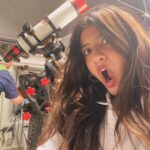
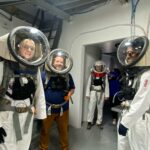
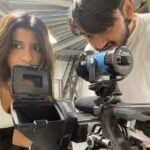

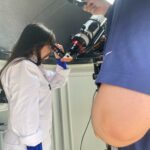
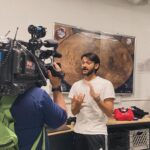
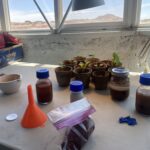
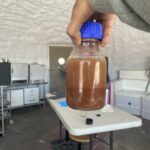
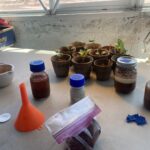
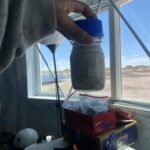

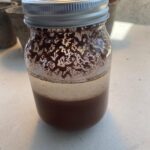
You must be logged in to post a comment.